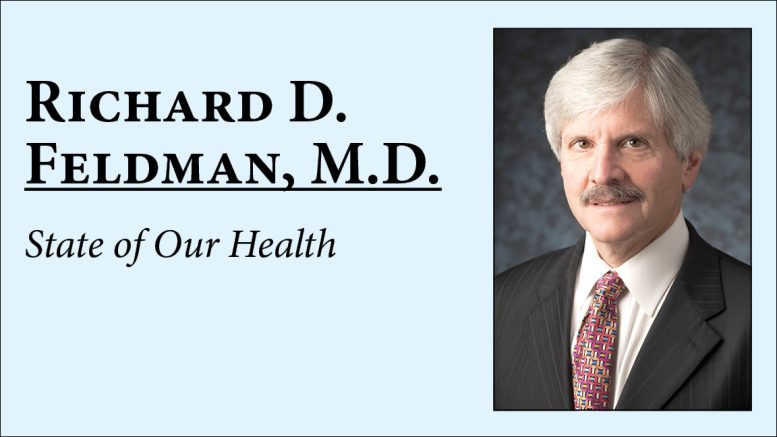Pregnancy can be a dangerous condition in America, especially in Indiana.
According to the Commonwealth Fund, the United States has the highest maternal-mortality rate among all the high-income countries despite spending two to four times more on health care. In fact, the U.S. maternal-mortality rate is three times higher than those of other wealthy countries. The rate has progressively increased since 2000, spiking in recent years, partly due to the COVID crisis resulting in reduced health-care access.
In Indiana, it’s a leading public health catastrophe. According to the 2022 Indiana Maternal Mortality Annual Report, Indiana’s pregnancy-associated mortality ratio was 117 per 100,000 live births in 2020, representing a 58 percent increase from 2019. Indiana’s maternity mortality ranks third highest among the states according to the World Population Review. Seventy-nine percent of these deaths are considered preventable.
Of particular concern is that the maternal-mortality rate is exceptionally high for African American women across the country; it’s twice the average rate and three times higher than the rate for white women. Numerous public health experts attribute these disparities to systemic racism as well as unintentional implicit bias affecting judgements, decisions, and behaviors leading to poor outcomes.
Black women commonly perceive that they are treated inequitably and that many times their concerns are ignored or not taken seriously. They lack the same level of responsive and quality care given to others as well as culturally-sensitive and appropriate care. Telling are the facts that maternal mortality generally decreases with increasing income and good insurance coverage, which isn’t true for Black women.
The causes of maternal mortality disproportionately affect low-income and rural women. Medical disorders directly leading to deaths include pregnancy-related cardiac conditions, stroke, preeclampsia, amniotic fluid embolism, sepsis, ectopic pregnancy, hemorrhage, and depression or other mental health disorders.
Maternal mortality is associated with lack of in-hospital delivery services in some areas (“obstetrical deserts”), low rates of early prenatal care or total lack of care, insufficient insurance and Medicaid coverage, and poor health-care access. Also associated are non-medical “social determinants of health” including incarceration; lack of infant childcare; unstable housing situations; lack of transportation and other social supports; and importantly, inadequate use of contraception (and now pregnancy termination inaccessibility) leading to unwanted/unplanned pregnancies.
Prenatal care is the cornerstone of mortality prevention. In 2020, 50 percent of maternal deaths did not receive early prenatal care and 15 percent did not receive any care. Further, drug overdose is a vastly significant associated maternal-mortality factor causing 30 percent of associated deaths.
Maternal mortality is a multifaceted, expansive, and complex issue. Solutions are challenging and will need to address systemic and other population-level issues that I have outlined above through enhanced programs, services, and maternal health-care access.
Excellent existing programs that should be greatly expanded include hospital-based obstetrical nurse navigator initiatives, My Healthy Baby, and the Nurse-Family Partnership. Recommendations from the Indiana Maternal Mortality Review Committee Report should be acted upon and are too wide-ranging to report here.
Considering the extraordinary disparity in maternal mortality in Black women, there should be efforts to educate clinical providers regarding systemic and institutional racism and implicit bias in the medical system resulting in disparities in care and outcomes. This should take place early in career development in professional schools.
Improvements in maternal mortality will take incremental legislative actions and significant financial investments which were unfortunately not forthcoming this legislative session.
Richard D. Feldman, M.D. is an Indianapolis family physician and former Indiana State Health Commissioner who served in the administration of Governor Frank O’Bannon.

